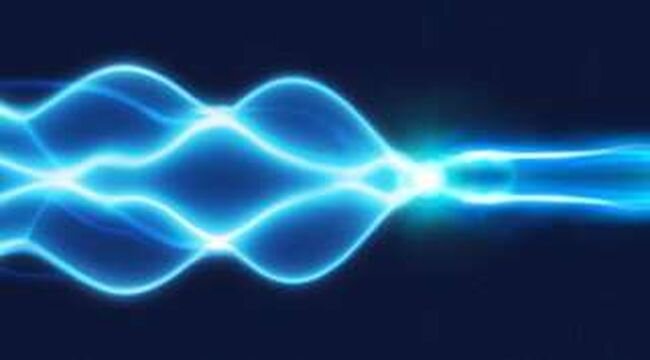Discovery of Anomalous Quantum Interference in Light
Three researchers from Université libre de Bruxelles, Belgium, have revealed a counterintuitive aspect of photon interference physics. Their article, published this month in Nature Photonics, introduces a thought experiment challenging common knowledge regarding the bunching property of photons. This proposed experiment contradicts conventional understanding and, if successfully conducted using today’s photonic technologies, could significantly impact our comprehension of multiparticle quantum interferences. Niels Bohr’s complementarity principle, a cornerstone of quantum physics, posits that objects can exhibit either particle-like or wave-like behavior.
This duality is vividly demonstrated in the classic double-slit experiment, where particles passing through two slits create wave-like interference fringes when unobserved. However, when particle trajectories are monitored, the fringes vanish, resembling classical particle behavior. As articulated by physicist Richard Feynman, the disappearance of interference fringes is linked to the presence of “which-path” information, where knowledge of particle trajectories eliminates the wave-like patterns. This duality extends to light, which can be characterized either as an electromagnetic wave or as photons—massless particles moving at the speed of light.
This duality gives rise to another intriguing phenomenon: photon bunching. In simple terms, if it’s impossible to distinguish photons and ascertain their paths in a quantum interference experiment, they tend to aggregate or “stick together.”

This phenomenon is readily observable with two photons striking opposite sides of a semi-transparent mirror, which divides the incoming light into two potential paths associated with reflected and transmitted light. The well-known Hong–Ou–Mandel effect demonstrates that the two outgoing photons consistently emerge together on the same side of the mirror, a result of wave-like interference between their paths.
This bunching effect defies explanation within a classical framework, where photons are envisioned as classical balls following well-defined paths. Consequently, it is logical to expect that bunching diminishes as we gain the ability to differentiate between photons and determine their paths. Experimental observations confirm this expectation: if the two incident photons on the semi-transparent mirror possess distinct polarizations or colors, they behave akin to classical balls, no longer exhibiting bunching.
The interplay between photon bunching and distinguishability is generally assumed to adhere to a fundamental rule: bunching should be at its maximum for fully indistinguishable photons and gradually decrease as photons become more distinguishable. Contrary to this conventional belief, a team from the Center for Quantum Information and Communication at the Ecole polytechnique de Bruxelles, Université libre de Bruxelles, led by Professor Nicolas Cerf, with assistance from Ph.D. student Benoît Seron and postdoc Dr. Leonardo Novo, has recently disproven this assumption. In a specific theoretical scenario involving seven photons in a large interferometer, they investigated instances where all photons grouped into two output paths of the interferometer. While bunching is expected to be strongest when all seven photons share the same polarization, making them fully indistinguishable, the researchers made an unexpected discovery. In certain scenarios, they found that photon bunching was significantly strengthened—rather than weakened—by introducing partial distinguishability through a carefully chosen polarization pattern. The Belgian team harnessed a connection between the physics of quantum interferences and the mathematical theory of permanents.
By challenging a recently disproved conjecture on matrix permanents, they demonstrated that it is possible to enhance photon bunching by finely adjusting the polarization of the photons. Beyond its intriguing implications for the fundamental physics of photon interference, this anomalous bunching phenomenon holds potential implications for quantum photonic technologies, which have witnessed rapid advancements in recent years. Experiments aimed at constructing an optical quantum computer have achieved an unprecedented level of control, allowing for the creation of numerous photons, their interference through complex optical circuits, and counting using photon-number resolving detectors. Therefore, comprehending the nuances of photon bunching, linked to the quantum bosonic nature of photons, represents a significant stride in this trajectory.
This article is republished from PhysORG under a Creative Commons license. Read the original article.
Do not forget to share your opinion with us to provide you with the best posts !



0 Comments